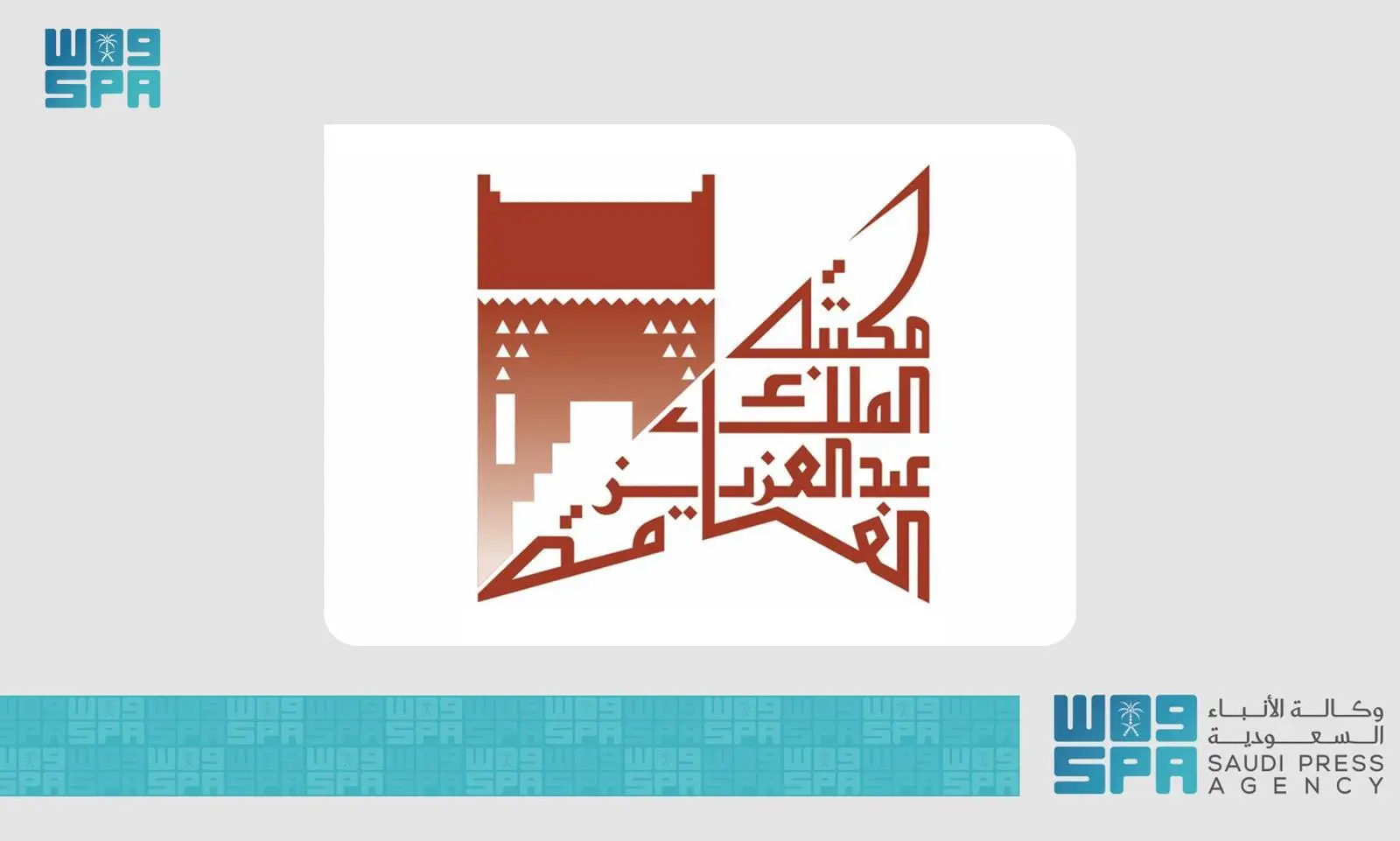

Tomorrow, King Abdulaziz Public Library will screen the documentary film “The Greatest Journeys: The Hajj to Mecca”
Tomorrow, the King Abdulaziz Public Library will screen a documentary film entitled: “The Greatest Journeys: The Hajj to Mecca - in the Footsteps of Ibn Battuta,” at the Al Makan Mall Cinema.
His Excellency the General Supervisor of the Library, Mr. Faisal bin Abdul Rahman bin Muammar, said: “This new cultural direction in the library, which is consistent with the Kingdom’s Vision 2030 and the directions of the Ministry of Culture, is based on investing in various modern cultural and cognitive elements in order to provide a new intellectual awareness that connects us to the era in relation to... “Originally and with our ancient Arab and Islamic heritage.”
He added, "The documentary film is considered one of the important international films, and planning for its production began in 2004. It was produced by an international group and investors from the Kingdom and a number of Islamic countries. The King Abdulaziz Public Library was honored - under the guidance of the Noble Highness in 2004 AD - to supervise it - in cooperation with the King Center." Faisal for Islamic Studies and Research, and a number of government agencies, with the aim of enhancing a better understanding of the true Islamic religion in the world, and highlighting the true face of Islam, its essence and meaning. The film allows Muslims who have not had the opportunity to perform the Hajj rituals to view it through giant screen films.”
His Excellency expressed his hope that these sober documentary films will achieve their goals of enlightenment and education about the Hajj ritual, and will provide the opportunity to highlight the Kingdom’s role in serving the Qiblah of Muslims, pilgrims, and the Two Holy Mosques, and highlight the role of Saudi culture in various Arab, Islamic, and international forums.
The film, which is shown for the first time in Riyadh, deals with the Hajj and its rituals. It was produced by an international company specialized in the field of producing and photographing documentaries. It is shown on the giant screen display system with high-quality audio and video (IMAX). The procession of the pilgrims and their entry into Mecca was filmed by air, sea and land. The duration of the film is (45) minutes, and the filming locations in the documentary included several places, including ports for the arrival of pilgrims, including: Jeddah Islamic Port, King Abdulaziz International Airport in Jeddah, the City of Pilgrims, the Holy Mosque of Mecca, and the Holy Sites. Part of the film was also filmed. And Ibn Battuta’s journey in the Kingdom of Morocco.
The production of the film took four years and the number of actual filming days during the Hajj season was (13) days, in order to produce the documentary material of the Hajj journey, which lasts (45) minutes and (6000) photographs, which were enhanced with the film that was filmed during the Hajj season in the year 1428 AH and under the technical supervision of International film producer and President of the US National Geographic Society, Jake Eberts, has produced films that have won 27 Oscars, and directed Bruce Neibaur, who won an award for BBC's Hajj.
The work team, which included more than (80) people, filmed more than (85,000) IMAX footage of the Hajj covering all aspects, including the circumambulation, using a new and unique computer-aided technique to capture the passage of time. These shots are - according to the film laboratories In California - one of the most amazing and beautiful shots.
The film was shown in a number of international capitals: New York, Paris, London, Singapore, Jakarta, and Dubai, achieving a number of international cinema awards, and won three awards at the Houston, Boston, and Paris festivals. The film was translated into a number of international languages, including French, Russian, and Turkish, in addition to Arabic. English and Arabic.